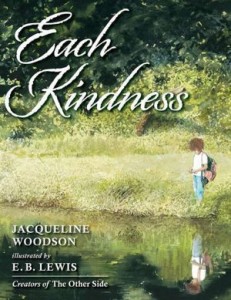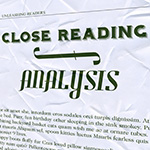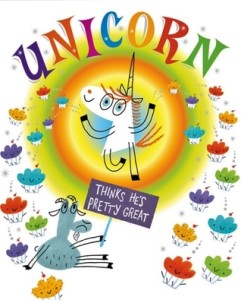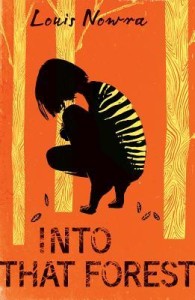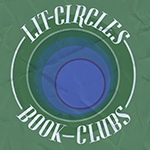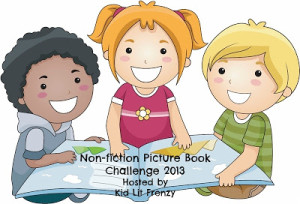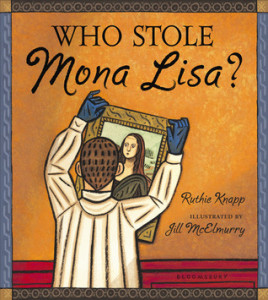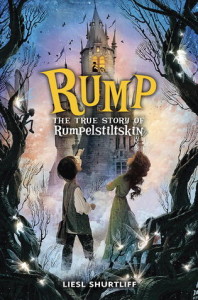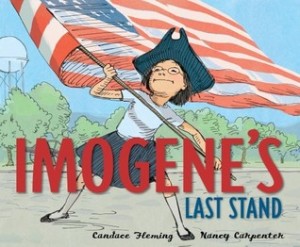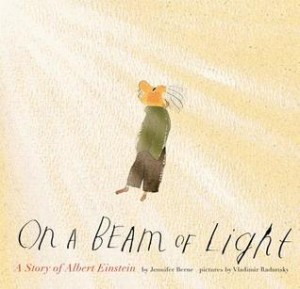Each Kindness
Author: Jacqueline Woodson
Illustrator: E.B. Lewis
Published October 2nd, 2012 by Nancy Paulsen Books
Summary: Each kindness makes the world a little better
Chloe and her friends won’t play with the new girl, Maya. Maya is different–she wears hand-me-downs and plays with old-fashioned toys. Every time Maya tries to join Chloe and her gang, they reject her. Eventually, Maya plays alone, and then stops coming to school altogether. When Chloe’s teacher gives a lesson about how even small acts of kindness can change the world, Chloe is stung by the lost opportunity for friendship, and thinks about how much better it could have been if she’d shown a little kindness toward Maya.
This unforgettable book is written and illustrated by the award-winning team that created The Other Side and the Caldecott Honor winner Coming On Home Soon. With its powerful message and striking art, it will resonate with readers long after they’ve put it down.
Review: When I read Each Kindness by Jacqueline Woodson for the first time, it made me not only want to share it with everyone I knew, but also make me want to do something nice for others. This pushed me to think more carefully about how everything affects those around me. What I really love about this book is how it can be used in the classroom.
Teacher’s Tool For Navigation: Today, I wanted to share with you what I did with my classes when it came to sharing Each Kindness with them. First, I will say that it affected them as much as it affected me. After reading, we had a great conversation about how the book connected to their lives and what it meant to them. This conversation moved to how Chloe’s actions affected Maya including inferences of Maya’s feelings that were not shared in the book. The insight that my students had were very deep and I believe it made them look at some of the choices they make in their daily lives. We also discussed how Chloe could have changed things. How could she have made Maya feel welcome? We made multi-flow maps showing the causes/effects of decisions.
Following this discussion, I had the students make an oath to do a kind act that day- something they normally wouldn’t do and recorded them on as a poster to share. Then the next day we shared the kindness we did. Only through discussions and books like this, that students will think more about their choices and how it affects those around them. Since this book read aloud and discussion, my students have brought up Each Kindness often and have made connections to their lives as well as other books. Each Kindness is a book that can make the world a better place, but only if it is shared.
Discussion Questions: What could Chloe have done differently to make Maya seem welcome?; How did Chloe’s (and her friend’s) behavior affect Maya?; What could you do differently to make someone feel kindness?
We Flagged: “This is what kindness does, Ms.Albert said. Each little thing we do goes out, like a ripple, into the world.”
Read This If You Loved: Because Amelia Smiled by David Ezra Stein, Unicorn Thinks He’s Pretty Great by Bob Shea
Recommended For:
This is a great book to read during the first couple of weeks of school.
